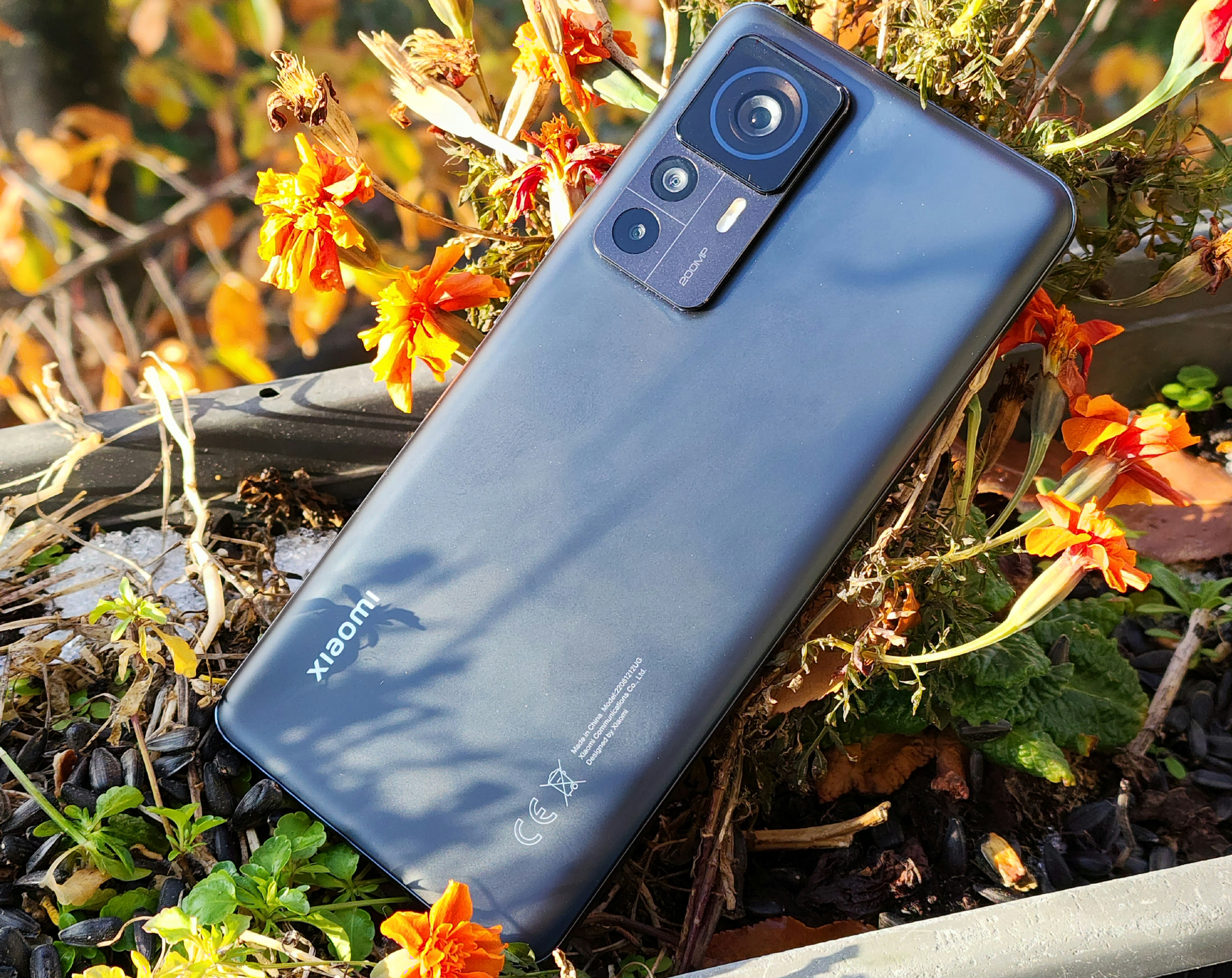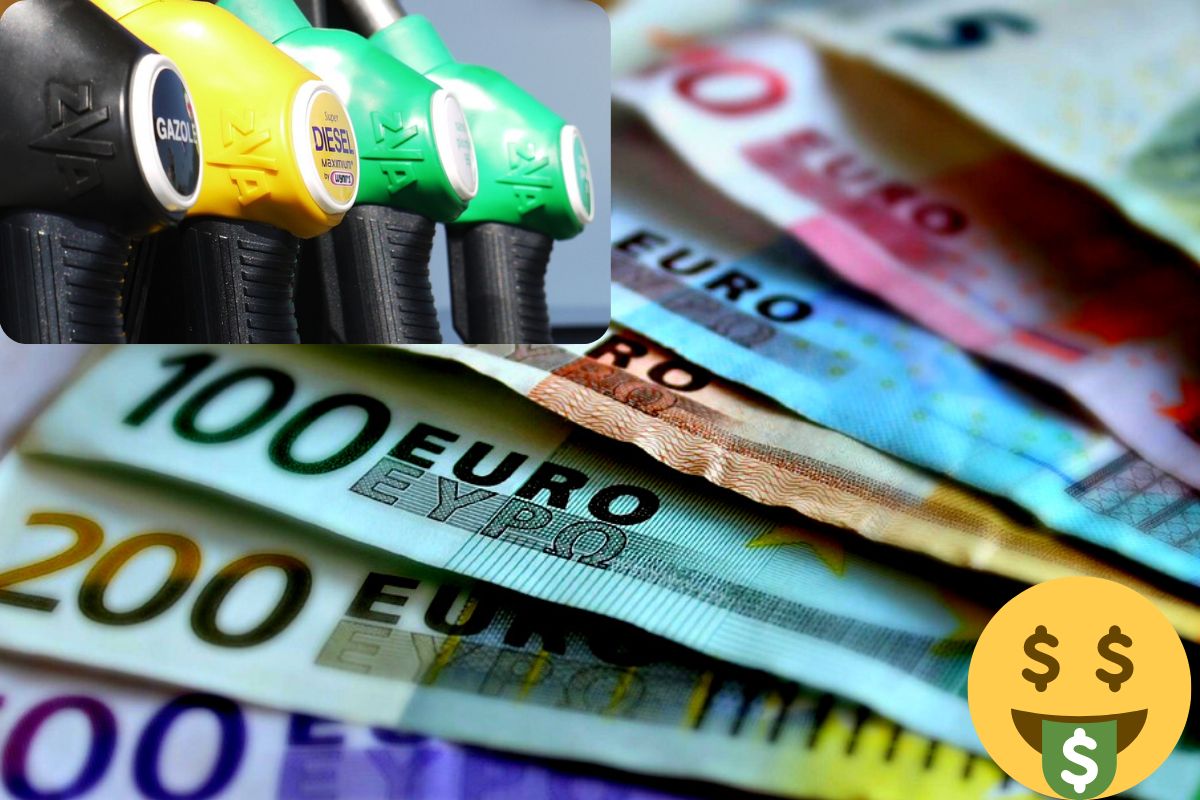Compared to the 11T Pro, this year’s high-end smartphone has a high-resolution 20MP camera in the punch-hole. The photo quality of the Sony IMX596 front camera is very solid in good lighting conditions in photo mode. Sharpness and color reproduction are also impressive on the 12T Pro. However, the 20 megapixel photos are not as convincing in portrait mode because the exposure is often sub-optimal and the sky appears overexposed.
As with the predecessor, Xiaomi is also focusing on the main camera of the 12T Pro, which now has 200 MP instead of 108 MP. However, not much has changed compared to the low-resolution ultra-wide-angle camera, paired with a Samsung sensor (S5K4H7) – compromises have to be made here. The level of sharpness, in particular, could be better.
As usual in this price range, the main camera has optical image stabilization and a large aperture of f/1.69, so photos in the dark are very well lit with pixel binning technology, at least in theory. The 12T Pro portrays subjects very smoothly in low light, and we see potential for improvement in terms of brightness as well.
Daytime photos are very rich in contrast and detail with the Samsung image sensor (ISOCELL HP1). Subjects are portrayed rather coolly and are also subject to less post-photo sharpening than the competition. However, Xiaomi’s high-end smartphone still fails when it comes to visibility. Also, photos in shaded areas are a bit grainy.
One of the strengths of the 12T Pro are the short shutter speeds thanks to the Ultra Burst function: Up to 30 pictures per second can be taken here. Xiaomi’s Model T has virtually no shutter lag and reacts immediately when the shutter is released. In this discipline, not even a Samsung Galaxy S22 Ultra or an Apple iPhone 14 Pro can keep up with the 12T Pro.
Motion images can be recorded in up to 8K at 24 fps – a higher frame rate is possible with the UHD (60 fps) option. When recording 1080p video, you can also switch between the main and ultra-wide angle lenses.


